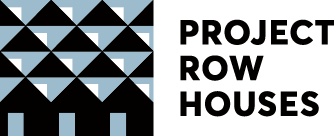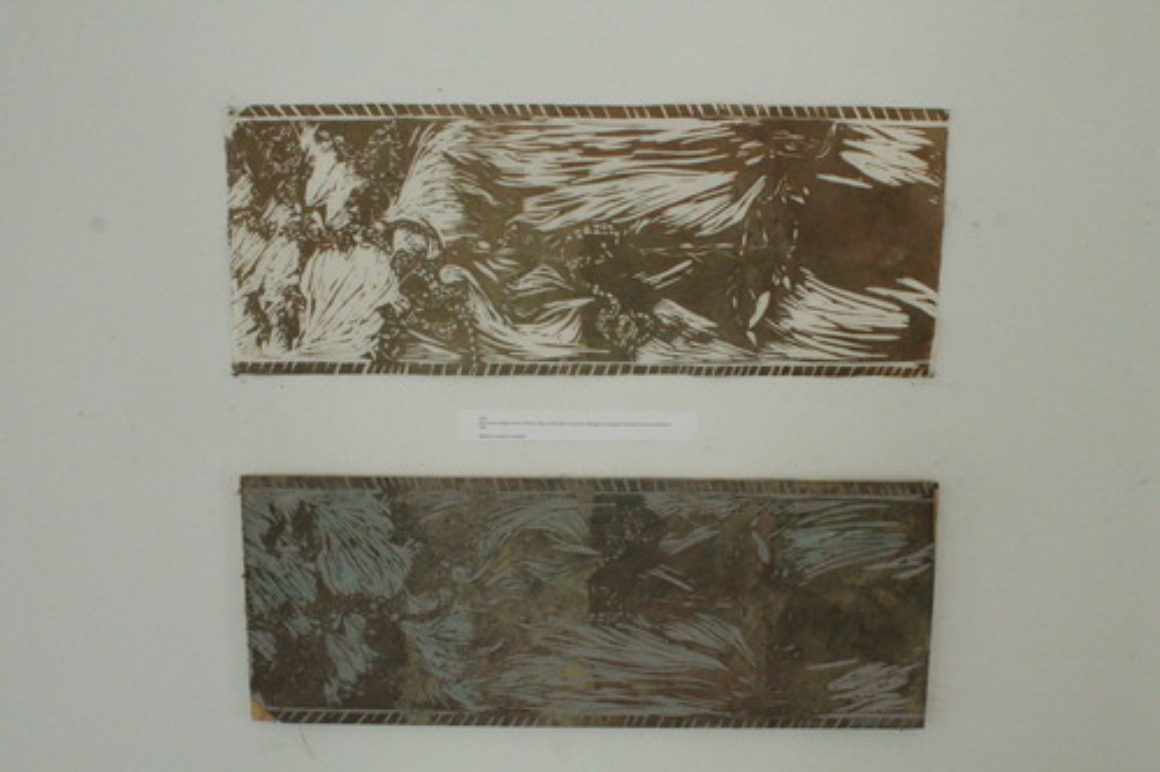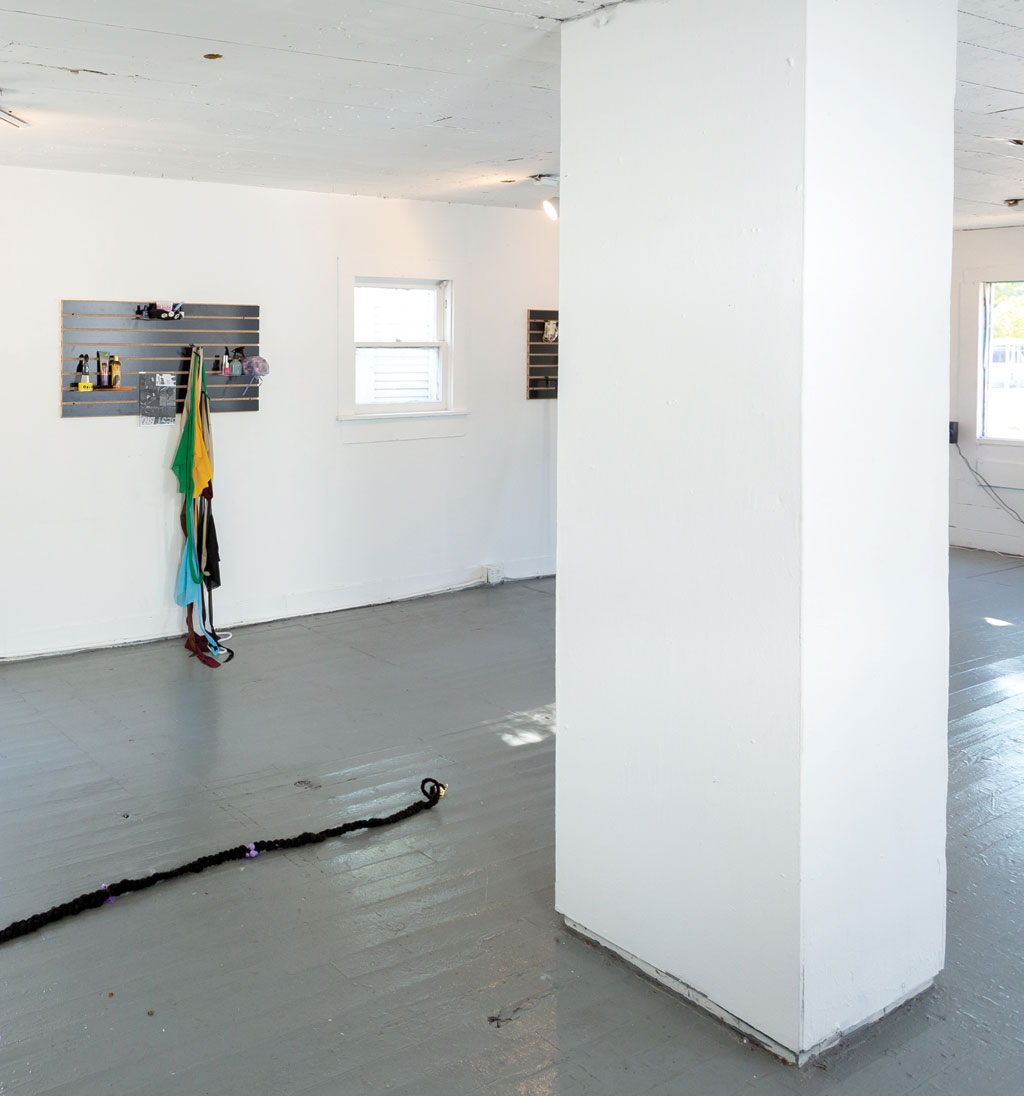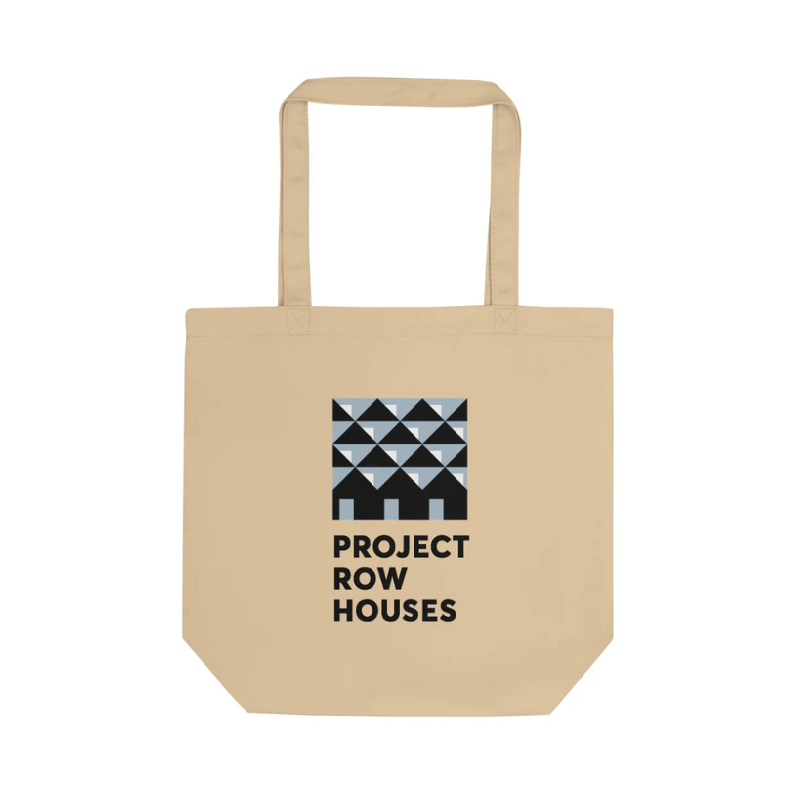Interview by Noemi Giron
Photos by Phillip Pyle II
Has there been any memorable feedback that you have received about your installation?
There has been very memorable feedback from fellow artists who came out to support me, as well as visitors to the space. I’ve had a few people tell me they never knew about some of the historical events I referenced in the installation, as well as others who found personal connections to the textual aspect of the installation. I was surprised to hear that the work could have this kind of impact: to both educate people about a part of the neighborhood’s history while also resonating with people in an intimate, personal way. It’s all very encouraging.
Did Project Row Houses serve as inspiration to your installation? If so, how?
Project Row Houses served as a big inspiration for my installation. I was inspired by the connection between Third Ward, TX288, and the neighborhood I grew up in, Hiram Clarke. There are the physical connections– TX288 acts as a literal bridge between the Southwest side of Houston and the Wards of Downtown, making it a straight shot from the Clarke to the Tre– and a more historical or ephemeral connection in that many people moved from the Wards to the Southwest side in the 80s and so on. Moreover, the issue of gentrification, which concerns not just Third Ward but also the East End, Second Ward, and other areas of Houston, made the whole idea of movement, literal processions of people from one place to another, taking with them the value–or the sense thereof– of a place/space seemed like a project that would be extremely relevant to the history of PRH and the present.
What affect do you hope your installation has on the audience?
As I mentioned, I think it’s had many different affects. It’s definitely been educational and thought-provoking, from what I’ve heard. I get asked a lot of questions about it; people seem to be interested in the story, the different parts of the project in terms of the text, the linoleum blocks, the prints, and the sound piece. I think it’s made people very curious and interested in learning more about TX288, its affect on the environment surrounding it, what it’s meant for Houston, and its history as a whole. It’s certainly made me more interested in exploring those things more deeply.
What inspired the idea of doing a “tapestry”?
I was inspired to do a tapestry during my last trip to France in December. I visited a tiny city in Normandy called Bayeux, famous for the Bayeux tapestry. This tapestry–although it’s not actually a tapestry but an embroidery– is around 230ft long. It’s from the 11th century and tells the story of William I’s conquest of England to become the first Norman king of the country. What interested me was the way the story is winding–in some ways nonlinear although the fact that it’s horizontal and 230 ft long implies linearity. I liked that the panels tell the past, present, and future at the same time–the conflation of time and space really interested me. Also the way the tapestry is set up: you walk in a semi-circle in a gallery space that is quite small, following the tapestry that’s displayed along the wall behind glass. It seems like it takes forever because it’s so much to take in, especially listening along to the audio guide. I found it fascinating and decided I wanted to make my own tapestry. I’m looking forward to getting to 230 feet!
Another thing that inspired me overall was a book by Jamaica Kincaid called “See Now Then,” which also features a nonlinear style of storytelling. I wanted to try to make something in a similar vain.
Charisse Pearlina Weston holds a masters degree from the University of Edinburgh and BA from the University of North Texas. She lived abroad for two years in France following her postgraduate studies, returning to Houston in the summer of 2013. Her work focuses on how individuals construct personal myths or narratives of Self-hood. Weston is concerned with the dichotomies of Self/Others, Subject/Object, Individual/Community. She is interested in exploring the continual oscillation we as human beings experience between these dichotomies as they relate to time and space.





